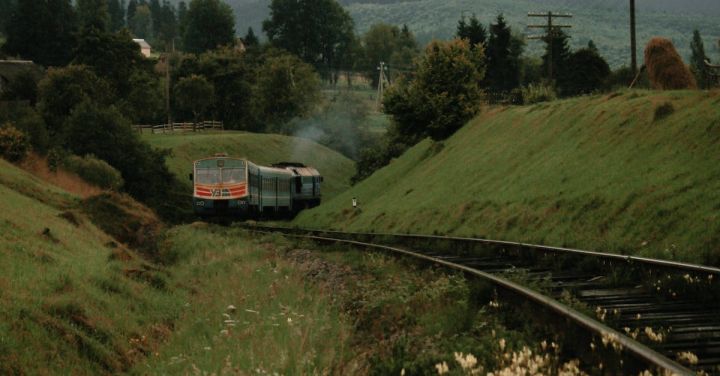Trains have been a staple of transportation for centuries, but they are entering a new era of efficiency and automation. With technological advancements and innovative systems, trains are becoming faster, safer, and more reliable than ever before.
One of the key advancements in train technology is the implementation of automated systems. These systems allow trains to operate with minimal human intervention, reducing the risk of human error and improving overall efficiency. Automated trains use advanced sensors and algorithms to regulate speed, maintain optimal distances between trains, and ensure smooth and precise stops.
Efficiency is a major focus in the development of automated trains. By optimizing speed and energy usage, trains are able to transport passengers and goods with minimal waste. Automated systems can adjust the speed of the train based on factors such as passenger load, traffic conditions, and track conditions. This not only improves efficiency but also reduces wear and tear on the tracks, resulting in lower maintenance costs.
Another key aspect of the era of automated trains is safety. With automated systems, the risk of accidents caused by human error is significantly reduced. Trains can detect obstacles on the tracks, such as fallen trees or debris, and automatically apply the brakes or take evasive action. Additionally, automated trains can communicate with each other to ensure safe distances are maintained, reducing the risk of collisions.
The era of automated trains is also bringing about improvements in passenger experience. With optimized speed and reduced travel times, passengers can reach their destinations faster than ever before. Automated systems also allow for smoother acceleration and deceleration, reducing discomfort and motion sickness. Additionally, automated trains can provide real-time information to passengers, such as next stop announcements and estimated arrival times, enhancing the overall experience.
In addition to passenger trains, automated systems are also revolutionizing the freight industry. Automated freight trains can operate with increased efficiency and reliability, allowing for faster delivery times and reduced costs. These trains can optimize routes, adjust speed based on cargo weight and distribution, and automatically load and unload containers. The result is a more streamlined and cost-effective logistics system.
The era of efficient and automated trains is not without its challenges. Implementation costs can be high, as existing infrastructure may need to be upgraded or replaced to accommodate automated systems. Additionally, concerns about job losses and the impact on employment in the industry need to be addressed. However, the benefits of automated trains outweigh these challenges.
The future of trains lies in efficiency and automation. As technology continues to advance, we can expect to see even more innovations in train systems. From hyperloop trains that travel at supersonic speeds to autonomous trains that can operate without tracks, the possibilities are endless. The era of efficient and automated trains is here, and it is shaping the way we travel and transport goods.
In conclusion, the era of efficient and automated trains is revolutionizing the transportation industry. With automated systems, trains are becoming faster, safer, and more reliable than ever before. Efficiency and safety are at the forefront of these advancements, with optimized speed, energy usage, and reduced risk of accidents. Passenger experience is also being enhanced, with smoother rides and real-time information. In the freight industry, automated trains are improving logistics and reducing costs. While there are challenges to overcome, such as implementation costs and potential job losses, the benefits of automated trains far outweigh these concerns. The future of trains is bright, and we can expect to see even more exciting innovations in the years to come.
